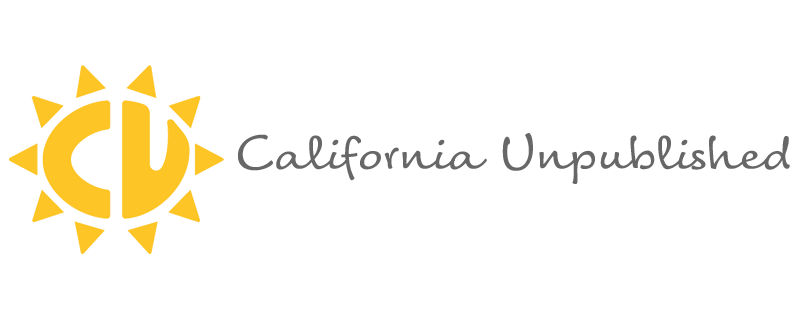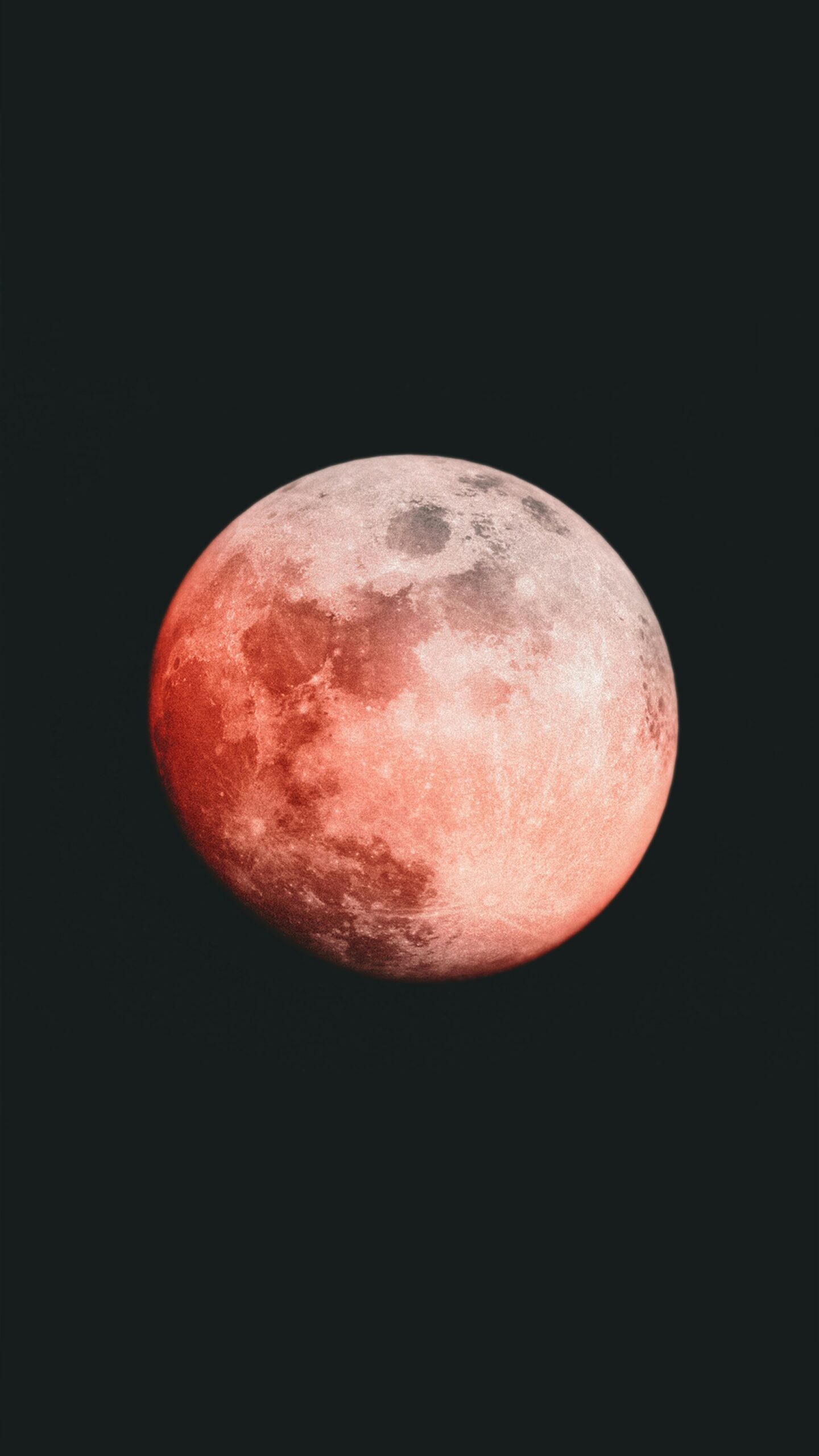See Total Lunar Eclipse in California: Best Viewing Times and Locations for March 2025
A celestial spectacle awaits California skygazers as the next total lunar eclipse arrives on March 14, 2025. You'll be able to witness the Moon turn a deep red color as it passes through Earth's shadow, with the best viewing beginning at 11:26 PM PDT on March 13.
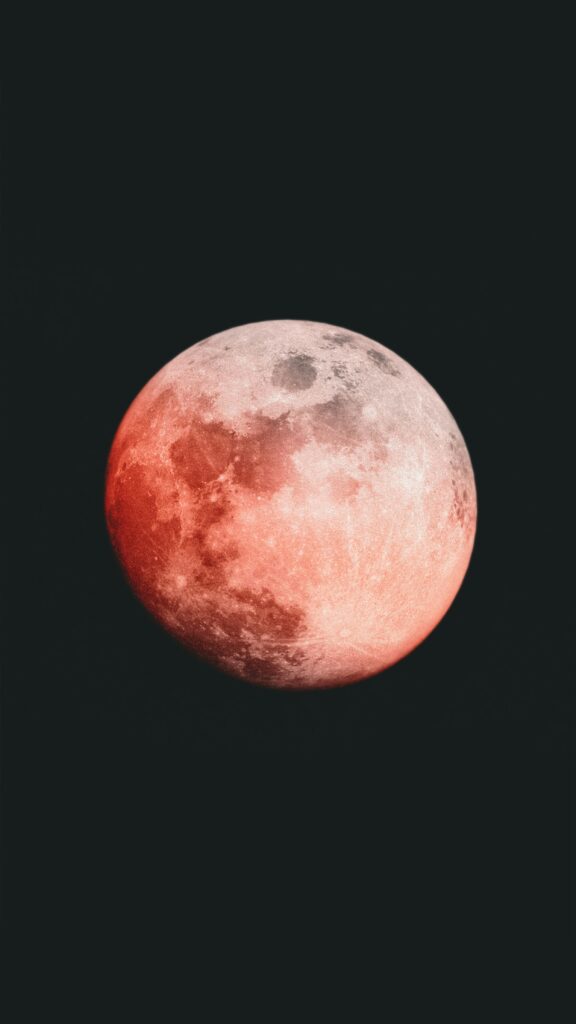
The upcoming eclipse marks a special opportunity for astronomy enthusiasts across the state. During this dramatic celestial event, you can observe the entire process from penumbral shadow to total eclipse without requiring any special equipment or eye protection.
Your location in California provides an ideal vantage point for viewing this natural phenomenon. Unlike some recent eclipses that were challenging to observe, this total lunar eclipse will be fully visible throughout the state, weather permitting.
See Total Lunar Eclipse in California: Best Viewing Times and Locations for March 2025
What Is a Total Lunar Eclipse?
A total lunar eclipse happens when Earth blocks sunlight from reaching the Moon, creating a stunning celestial event where the Moon turns red-orange in color.
Differences Between Total, Partial, and Solar Eclipses
Total lunar eclipses occur when the Moon passes completely into Earth's dark shadow, called the umbra. The Moon appears reddish due to Earth's atmosphere filtering and bending sunlight.
Partial lunar eclipses happen when only a portion of the Moon enters Earth's umbra. You'll see part of the Moon darkened while the rest remains bright.
Solar eclipses differ fundamentally – they occur when the Moon blocks sunlight from reaching Earth. Special eye protection is required for solar eclipses, while lunar eclipses are safe to view with the naked eye.
The Science of Total Lunar Eclipses
The alignment must be precise – the Sun, Earth, and Moon need to form a straight line. This can only happen during a full Moon.
Earth casts two shadows: the darker umbra and the lighter penumbra. When the Moon travels through the umbra, it creates the total eclipse phase.
The red color comes from Earth's atmosphere scattering blue light while allowing red light to pass through and reach the Moon.
Eclipse Phases Explained
The penumbral phase begins when the Moon enters Earth's outer shadow. This subtle dimming is difficult to notice.
The partial phase starts when the Moon enters the umbra. You'll see a dark “bite” appear on the Moon's edge.
Totality occurs when the entire Moon is within the umbra, lasting up to 1.5 hours. The Moon turns red or copper-colored during this phase.
The process then reverses through partial and penumbral phases until the eclipse ends.
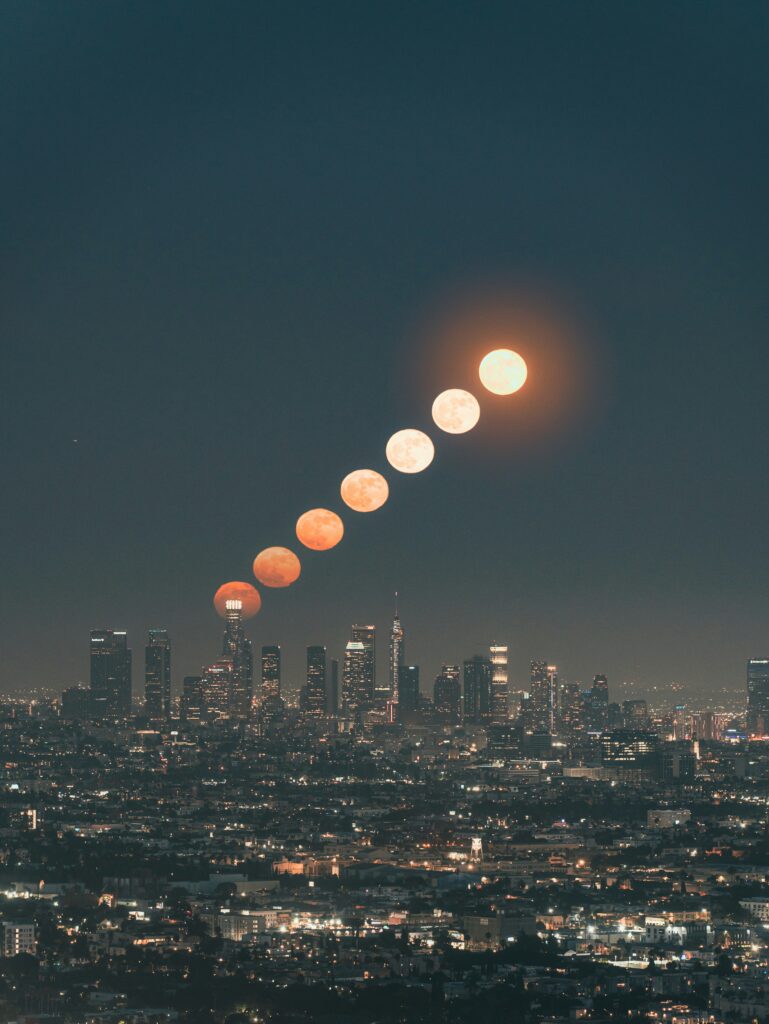
Viewing the Total Lunar Eclipse in California
The March 14, 2025 total lunar eclipse will be clearly visible across California from 8:57 PM PDT on March 13 until 3:00 AM PDT on March 14. The spectacular celestial event reaches total eclipse phase at 11:26 PM.
Best Locations for Eclipse Viewing
The Griffith Observatory in Los Angeles provides an ideal elevated vantage point with clear views of the eastern sky where the eclipse will occur. You can join other astronomy enthusiasts and experts who gather there for special viewing events.
Southern California's desert areas like Joshua Tree and Anza-Borrego offer exceptionally dark skies away from city lights. Pack warm clothes as nighttime temperatures can drop significantly.
State beaches along the coast provide unobstructed views over the Pacific Ocean. Choose locations away from bright beachfront developments.
Mountains above 4,000 feet elevation throughout California often rise above any coastal marine layer, offering pristine viewing conditions.
How to Photograph the Lunar Eclipse
You'll need a camera with manual settings and a sturdy tripod. Set your ISO between 400-800 and use a shutter speed of 1/125 to 1/250 during the partial phases.
During totality when the Moon appears red, adjust to:
- ISO: 1600-3200
- Aperture: f/8 to f/11
- Shutter speed: 2-4 seconds
Use a telephoto lens (200mm minimum) to capture detailed shots of the Moon's surface. Enable your camera's 2-second timer to prevent shake when pressing the shutter.
Take test shots before the eclipse begins to dial in your exposure settings. The Moon's brightness changes dramatically during different eclipse phases.
When to See the Total Lunar Eclipse
The total lunar eclipse on March 14, 2025 will be visible across California in the early morning hours. The entire event spans approximately 6 hours, with the most dramatic phase occurring during totality.
Eclipse Timings and Stages
You'll first notice subtle darkening of the Moon's edge at 12:57 AM PDT when the penumbral phase begins. The partial eclipse starts at 1:36 AM PDT as Earth's main shadow begins crossing the lunar surface.
The most spectacular phase begins at 2:36 AM PDT when totality starts. During this time, the Moon takes on its characteristic reddish hue.
Make sure to set your alarm early – you won't want to miss the maximum eclipse at 3:12 AM PDT when the Moon is deepest in Earth's shadow.
Duration of Totality
The total phase lasts 1 hour and 7 minutes, giving you plenty of time to observe and photograph the blood-red Moon. Totality ends at 3:43 AM PDT.
The Moon gradually emerges from Earth's shadow during the second partial phase, ending at 4:43 AM PDT.
You can continue watching until the penumbral phase ends at 5:23 AM PDT, though these final changes are subtle and difficult to detect visually.
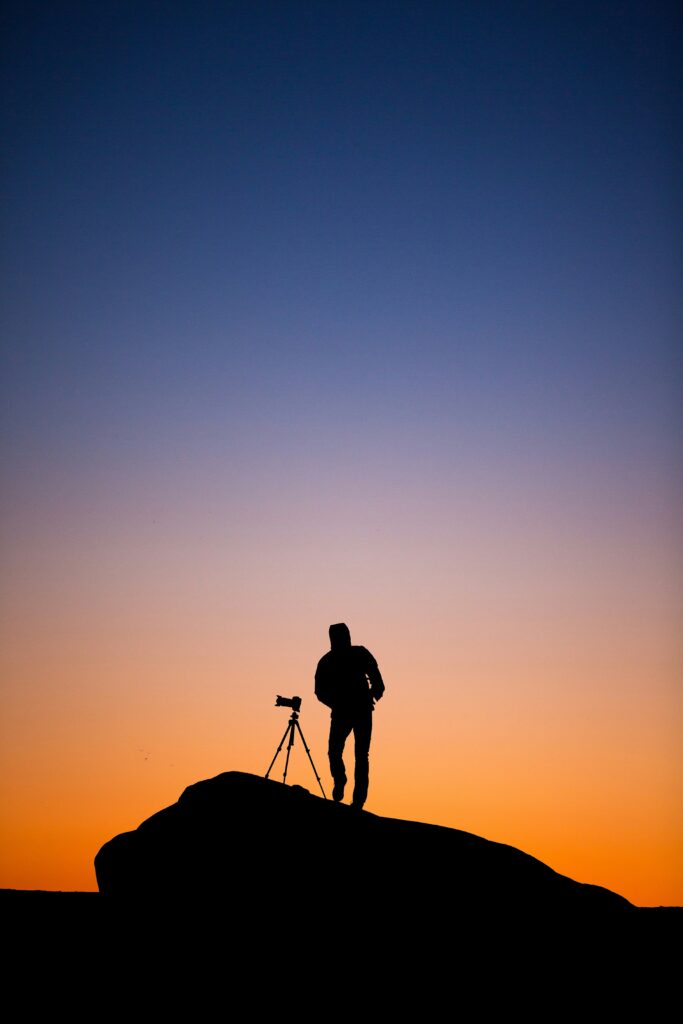
The Blood Moon Phenomenon
During a total lunar eclipse, you'll witness the Moon passing through Earth's shadow, creating a stunning celestial display.
When the Moon enters the darkest part of Earth's shadow (the umbra), it takes on a reddish-orange color. This distinctive coloring gives rise to the popular nickname “Blood Moon.”
The red hue appears because Earth's atmosphere scatters blue light while allowing red light to pass through and reach the Moon's surface. This process is similar to what creates red sunsets on Earth.
You can observe this dramatic phenomenon without any special equipment, unlike solar eclipses. The entire process is visible to the naked eye and safe to watch directly.
Each Blood Moon has slightly different coloring, ranging from bright copper to deep brick red. The exact shade depends on atmospheric conditions, including dust, clouds, and pollution in Earth's atmosphere.
The next chance to witness a Blood Moon will occur on March 13-14, 2025, marking the first total lunar eclipse visible from Earth since November 2022.
Weather Forecast for Eclipse Night
Clear skies are essential for viewing the total lunar eclipse on March 13-14, 2025 in California. Weather conditions will significantly affect your viewing experience.
Impact of Weather on Eclipse Viewing
Cloud cover poses the biggest threat to eclipse visibility. Dense clouds or overcast conditions will completely block your view of the moon during the critical phases of the eclipse.
Rain and precipitation can make outdoor viewing impossible. Even partial cloud cover can obscure important moments of the eclipse.
The National Weather Service forecasts will be crucial in the days leading up to the event. Check local meteorologist predictions frequently, as weather patterns can shift quickly in March.
How to Prepare for Weather Variabilities
Select multiple potential viewing locations to maximize your chances of clear skies. Having backup sites in different microclimates can help you adapt to changing conditions.
Pack appropriate clothing for nighttime temperatures. March evenings in California can be chilly, so bring:
- Warm layers
- Waterproof jacket
- Blankets
- Portable chairs
- Hot beverages in thermoses
Monitor hourly weather forecasts on the day of the eclipse. Be prepared to travel to areas with better visibility if needed.
Consider joining local astronomy groups who often coordinate viewing locations based on weather conditions.
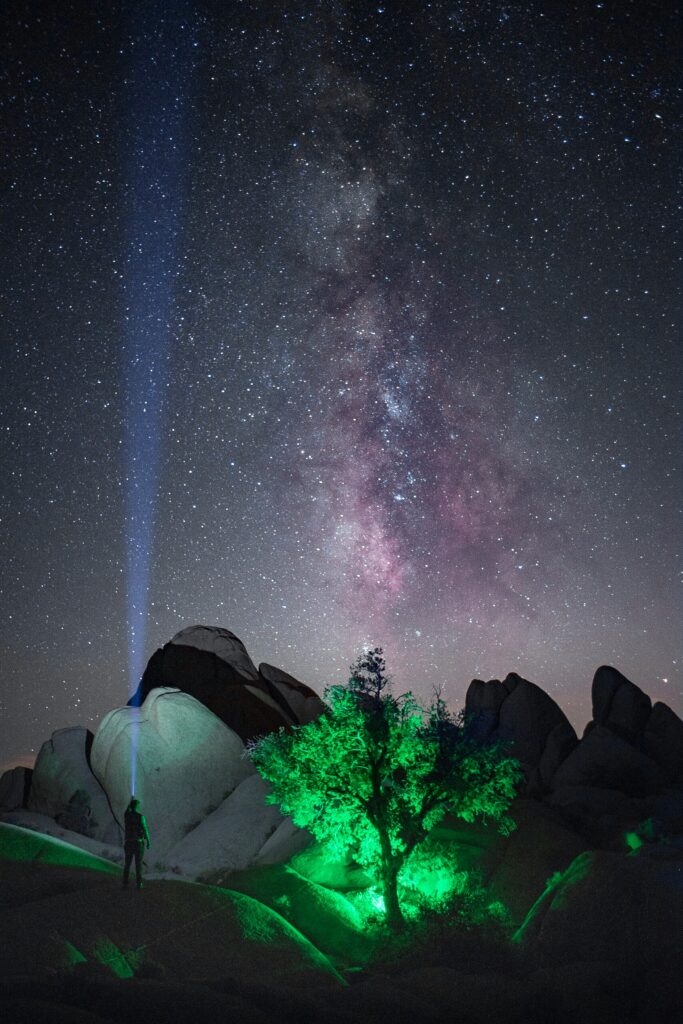
Historical and Cultural Significance
Lunar eclipses have shaped human beliefs and understanding across cultures for thousands of years. These celestial events have inspired myths while driving scientific discovery.
Myths and Legends
Ancient civilizations viewed total lunar eclipses as powerful omens. When you observe the moon turning blood-red during totality, you're witnessing the same phenomenon that once caused entire societies to take dramatic action.
The Inca would shake spears and make loud noises to “wake up” the moon during an eclipse. They believed a jaguar was attacking and devouring it.
Chinese astronomers of the Zhou Dynasty recorded detailed eclipse observations in oracle bones. They interpreted these events as signs of imperial fortune or warning.
In Norse mythology, sky wolves chased the moon, attempting to devour it during eclipses. The red color was thought to be blood from the moon's wounds.
Scientific Breakthroughs
Your view of a total lunar eclipse today benefits from centuries of astronomical progress. Ancient Babylonian astronomers first recognized the periodic nature of eclipses, creating mathematical models to predict them.
Greek philosopher Aristotle used lunar eclipses to prove Earth's spherical shape. He noted the curved shadow cast on the moon during each event.
Medieval Islamic astronomers refined eclipse calculations, with Al-Battani achieving remarkable accuracy in timing predictions. His work influenced European astronomy for centuries.
Modern scientists use lunar eclipses to study Earth's atmosphere, as the red light visible during totality passes through our planet's air layers.
How to Safely Observe a Lunar Eclipse
Unlike solar eclipses, lunar eclipses are completely safe to view with your naked eyes. You don't need any special protective equipment or filters.
For the best viewing experience, find a dark location away from city lights. A clear view of the eastern horizon will be essential since the Moon will be rising in that direction.
You can enhance your viewing with basic equipment:
- Binoculars
- Small telescope
- Camera with a tripod
- Red flashlight for navigation
- Comfortable chair
- Warm clothing
The total lunar eclipse will create a dramatic red-orange Moon as it enters Earth's umbra. This spectacular sight is visible to the naked eye, but binoculars can reveal more detail.
Take photos during different phases of the eclipse to capture the Moon's changing appearance. A sturdy tripod will help prevent camera shake during long exposures.
Arrive at your viewing location 30 minutes before the eclipse begins to let your eyes adjust to the darkness. This will significantly improve your ability to see the subtle details of the eclipse.
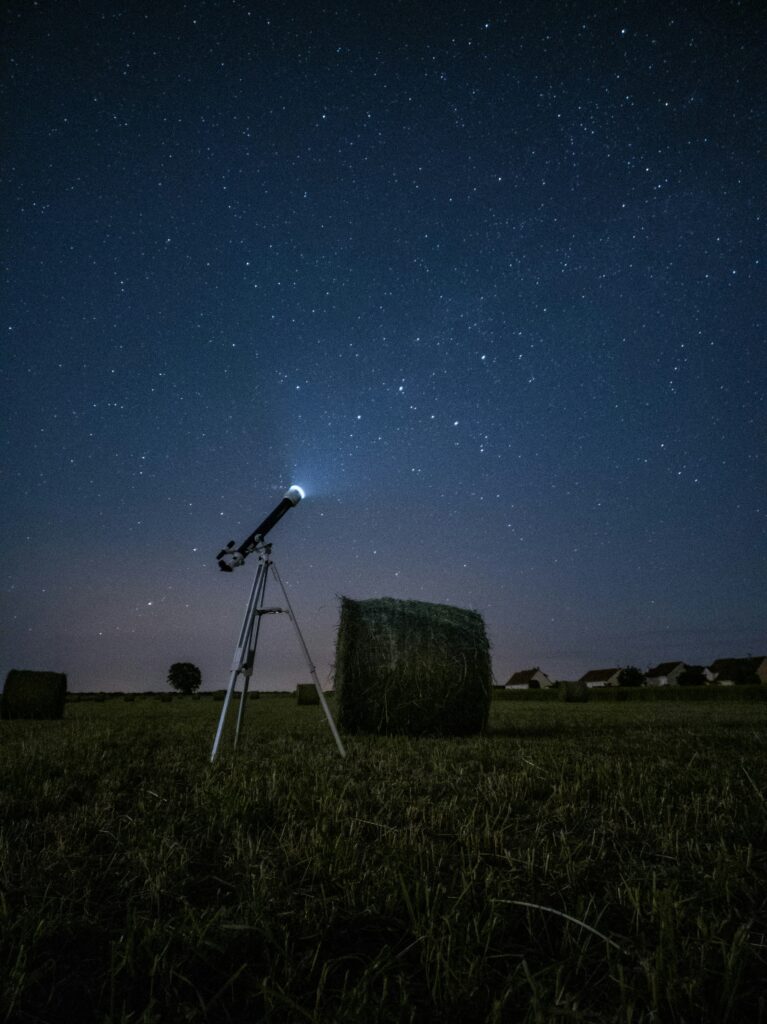
Educational Resources and Community Events
California offers numerous educational opportunities and public events to learn about and experience the March 2025 total lunar eclipse. Educational institutions and astronomy groups are preparing specialized programs to enhance viewing experiences.
Workshops and Seminars
Astronomy experts at NASA have developed lunar eclipse educational activities for all ages. These programs focus on understanding Moon phases, eclipse mechanics, and safe viewing practices.
The Griffith Observatory plans interactive workshops in the weeks leading up to the eclipse. Their astronomy educators will demonstrate eclipse photography techniques and explain the science behind the Moon's red coloration during totality.
Teachers can access free lesson plans and classroom activities to help students grasp eclipse concepts through hands-on experiments.
Public Observing Sessions
Multiple viewing locations across California will host guided observation events on March 14, 2025. Professional astronomers will provide telescopes and specialized equipment for detailed views of the eclipse.
The Griffith Observatory will set up viewing stations with astronomers available to answer questions throughout the event. Visitors can expect detailed explanations of each eclipse phase as it occurs.
Many local astronomy clubs organize free community gatherings in parks and open spaces, creating opportunities to view the eclipse through various telescopes and equipment.
Remember to check weather forecasts and arrive early to secure optimal viewing positions at these popular events.
Future Eclipses and Celestial Events
Several spectacular celestial events await California sky watchers in 2025, including a total lunar eclipse and rare planetary alignments.
Upcoming Lunar Eclipses
Mark your calendar for March 14, 2025, when a dramatic total lunar eclipse will be visible across North America. The eclipse begins at 3:57 UTC and ends at 10:00 UTC.
During this event, you'll witness Earth's shadow completely covering the Moon, creating a stunning reddish hue known as a “Blood Moon.”
The next total lunar eclipse visible from California won't occur until August 12, 2045 – making this 2025 event especially significant for West Coast viewers.
Other Notable Astronomical Events
2025 brings an exciting array of celestial spectacles beyond eclipses. You'll have opportunities to observe several planetary alignments throughout the year.
The new moon phases will create ideal conditions for stargazing, with particularly dark skies enhancing visibility of celestial objects.
Keep your telescopes ready – various meteor showers will peak throughout 2025, offering excellent viewing opportunities on clear California nights.

Online Resources and Live Streams
You can watch lunar eclipses from the comfort of your home through several reliable streaming options. The Griffith Observatory offers live broadcasts of major lunar events, complete with expert commentary and telescope views.
TimeAndDate.com provides dedicated eclipse live streams throughout 2025, including the total lunar eclipses on March 13-14 and September 7-8. Their streams feature multiple viewing angles and expert explanations.
YouTube hosts numerous astronomy channels that stream lunar eclipses live. You can interact with other viewers through the chat feature and often receive real-time explanations from astronomers and space enthusiasts.
NASA's official broadcasts offer high-quality views of lunar eclipses alongside scientific insights. Their streams typically include multiple telescope feeds from different locations and detailed discussions about lunar science.
Make sure to check these platforms a few days before the eclipse to find exact streaming times and links. Most streams start about an hour before the main eclipse event.
Remember that while live streams offer excellent views, they serve as a backup option if weather conditions are poor or you cannot view the eclipse directly from your location.
